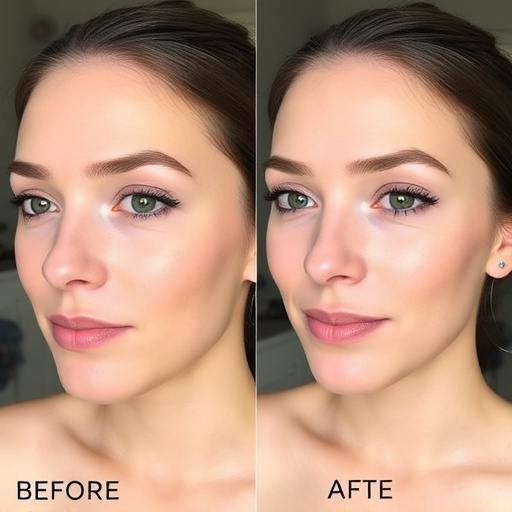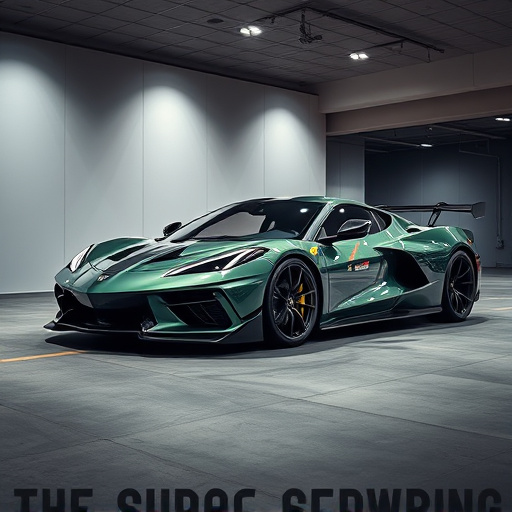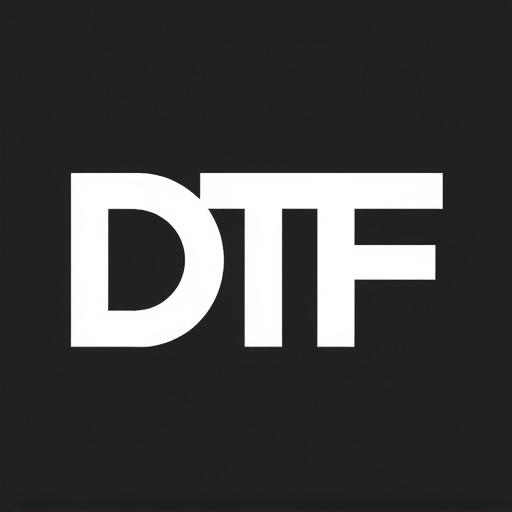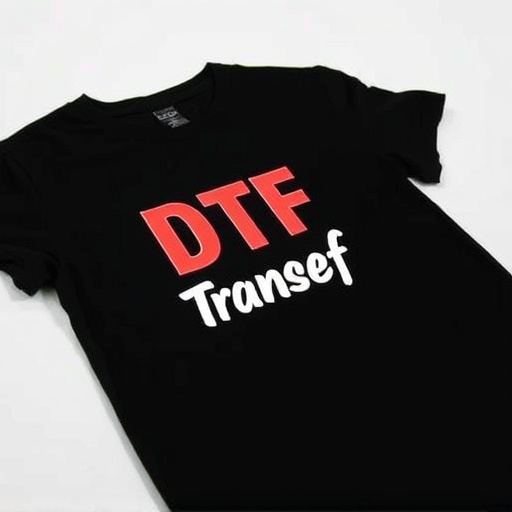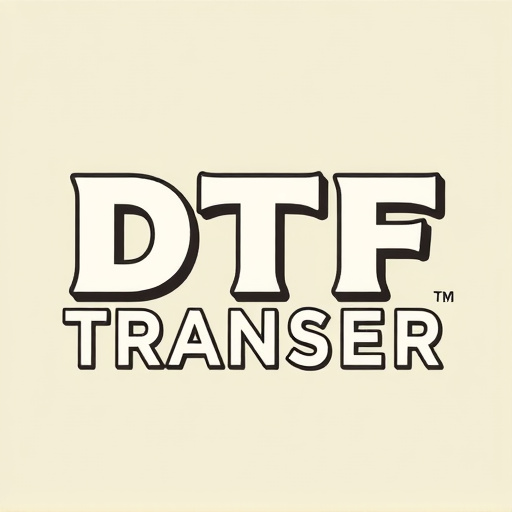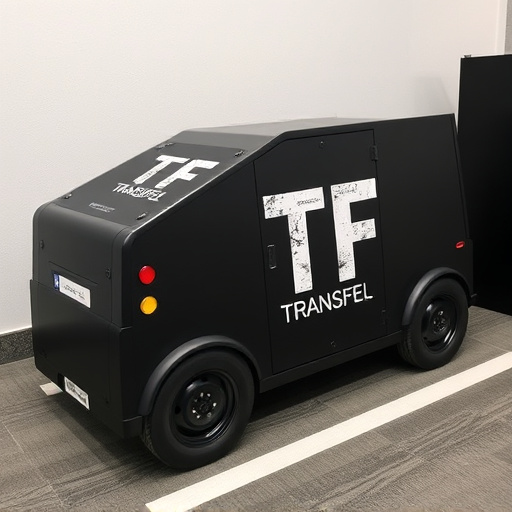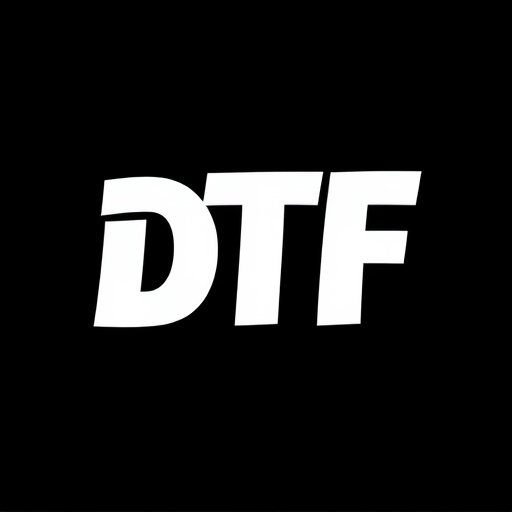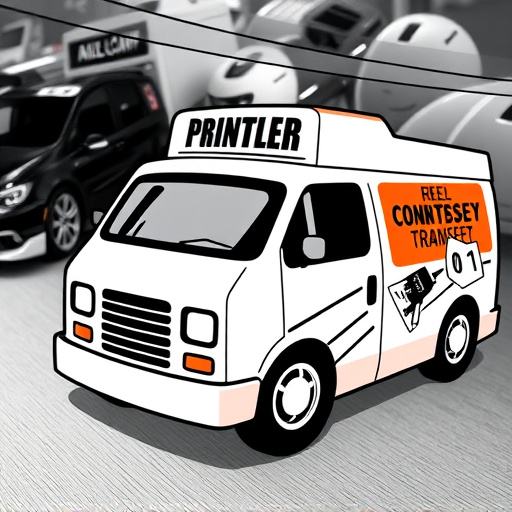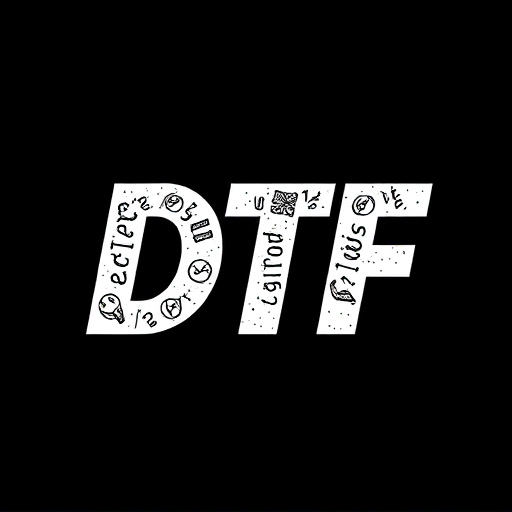Direct-to-film (DTF) transfers revolutionize printing by enabling photographers and filmmakers to produce high-quality prints directly from digital files onto film stock, eliminating intermediate steps like negative preparation. This method offers a straightforward, cost-effective solution for fine art, experimental films, and personal projects. DTF printing features crisp, vibrant prints with precise color accuracy, excellent durability, and water resistance, making it ideal for outdoor signage and promotional items. The process begins with submitting a high-resolution digital file, followed by advanced technology conversion for printing. DTF eliminates hidden fees and complex set-ups, proving versatile for short-run projects, prototyping, and event customization while offering vibrant, sharp prints on diverse materials.
“Unleash the power of direct-to-film (DTF) transfers and streamline your screen printing process without hidden fees. This comprehensive guide dives into the world of DTF, a game-changer for printers seeking efficient, high-quality results. From understanding the basics to exploring its advantages, we’ll uncover how DTF printing works its magic. Get ready to explore the process, dispel myths, and discover real-world success stories, all while optimizing your workflow with this innovative DTF transfer method.”
- Understanding Direct-to-Film (DTF) Transfers: A Simple Explanation
- How DTF Printing Works and Its Benefits for Screen Printers
- The Process: From File Submission to Final DTF Prints
- Why Choose DTF Transfer Without Additional Prep Charges?
- Common Misconceptions About DTF and Their Debunking
- Case Study: Successful Implementation of DTF in Real-World Scenarios
Understanding Direct-to-Film (DTF) Transfers: A Simple Explanation
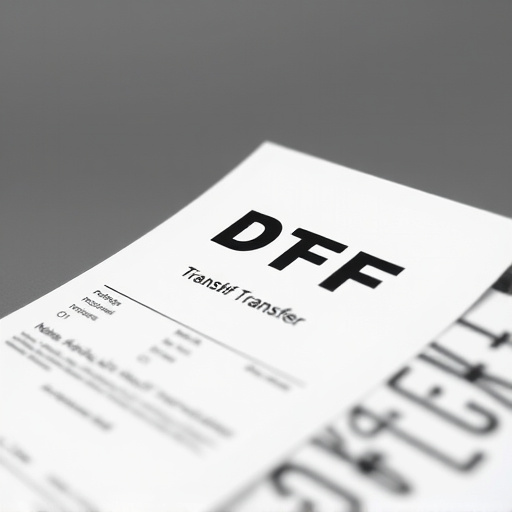
Direct-to-film (DTF) transfers are a straightforward method of printing images directly onto film stock, eliminating the need for intermediate preparation steps. This process simplifies the workflow for photographers and filmmakers by offering an efficient way to create high-quality prints without complex set-ups. In traditional printing methods, multiple stages are required, from preparing the negative to making positive prints, which can be time-consuming and costly. DTF changes this dynamic by enabling direct exposure onto film, allowing users to produce prints quickly and easily.
With a DTF transfer, images are transferred directly from digital files to film, resulting in sharp, accurate representations of the original. This technique is particularly appealing for those seeking authentic, tactile prints that capture the essence of film photography. Whether it’s for fine art printing, experimental films, or personal projects, DTF offers an accessible and cost-effective solution for producing unique, one-of-a-kind DTF prints.
How DTF Printing Works and Its Benefits for Screen Printers

Direct-to-film (DTF) printing is a game-changer for screen printers, offering an efficient and cost-effective solution for producing high-quality prints directly on to transparent film. This innovative process streamlines the traditional screen printing method by eliminating the need for additional preparation steps like photoemulsions or mask creation. With DTF transfers, printers can achieve crisp, vibrant prints with precise color accuracy, making it an attractive option for a wide range of applications.
One of the key advantages is its versatility; DTF printing allows for quick changes in design and customization, as film is easier to manipulate than emulsion-based screens. This agility benefits businesses catering to dynamic markets or those requiring small-batch production with fast turnaround times. Additionally, DTF transfers provide excellent durability and water resistance, ensuring prints remain vibrant and long-lasting, even when used on outdoor signage or promotional items.
The Process: From File Submission to Final DTF Prints

The process of a direct-to-film (DTF) transfer is designed to be seamless and efficient, eliminating additional preparation charges. It all begins with the submission of your digital file—whether it’s high-resolution images or intricate graphics—which is then thoroughly reviewed by our expert team. This initial step ensures that your file meets the required standards for optimal DTF printing. Once approved, the magic happens as we precisely convert your digital design into a physical layout ready for printing.
Our state-of-the-art technology enables us to produce high-quality DTF prints swiftly. The final stages involve meticulous quality checks to guarantee precision and vibrancy in every detail. From file submission to the moment you receive your DTF prints, our streamlined process ensures a hassle-free experience without any hidden fees or additional charges.
Why Choose DTF Transfer Without Additional Prep Charges?
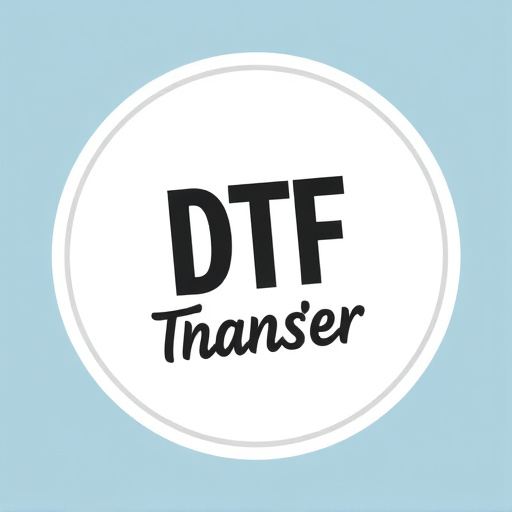
Choosing a Direct-to-Film (DTF) transfer process without additional preparation charges offers numerous advantages for businesses and individuals looking to print high-quality images or graphics directly onto various materials. This method streamlines the production process, eliminating the need for complex setup procedures or extra costs associated with traditional printing techniques. With DTF, you can achieve vibrant, sharp prints on a wide range of surfaces, from textiles to plastics, without incurring hidden fees.
One of the key reasons to opt for a DTF transfer without prep charges is its versatility. It allows for quick and efficient customization, making it ideal for short-run printing projects or prototyping. Whether you’re a designer experimenting with new ideas, a small business owner testing marketing materials, or an event organizer seeking personalized items, DTF printing provides a cost-effective and fast solution. This approach ensures that you can bring your creative visions to life without breaking the bank.
Common Misconceptions About DTF and Their Debunking
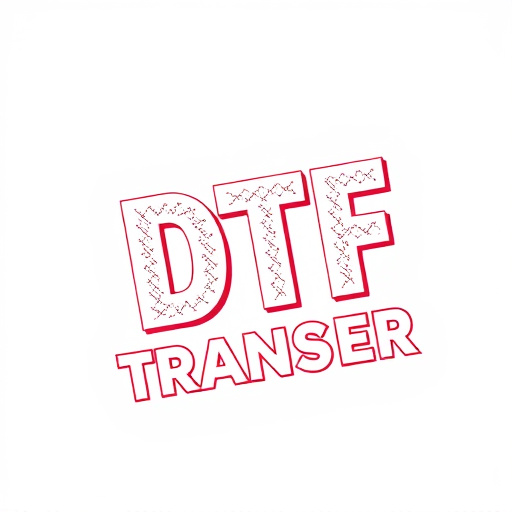
Many individuals in the printing and design industry hold misconceptions about Direct-to-Film (DTF) transfers and their process, often due to a lack of understanding or misinformation. One common misconception is that DTF printing is only suitable for simple designs with minimal details. However, this is far from the truth; DTF technology can reproduce intricate patterns, fine lines, and detailed graphics with remarkable clarity, making it a versatile option for various projects. From custom apparel to signages, DTF transfers offer an efficient and cost-effective solution without compromising on quality.
Another false belief is that DTF prints always require additional preparation charges. In reality, direct-to-film transfers are designed to be user-friendly and straightforward. This process eliminates the need for complex set-up procedures or extra fees for simple print jobs. Whether it’s for small batch production or one-off designs, DTF technology allows printers and designers to achieve professional results without incurring unnecessary charges for preparation.
Case Study: Successful Implementation of DTF in Real-World Scenarios
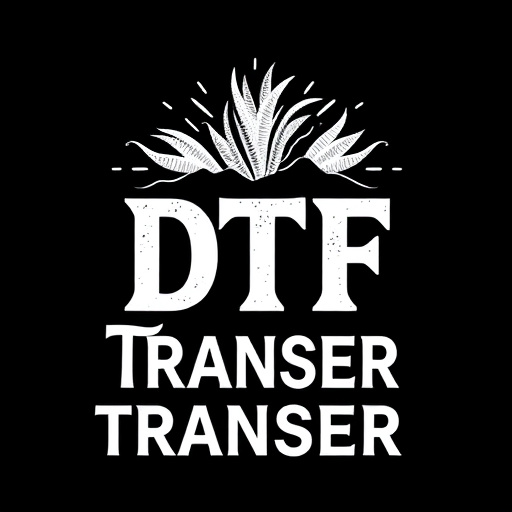
In recent years, Direct-to-film (DTF) transfers have successfully transformed various real-world scenarios, offering a cost-effective and efficient solution for printing. This innovative technique has proven its mettle in diverse industries, from signage and packaging to event marketing and promotional materials. By eliminating the need for additional preparation charges, DTF Printing has streamlined production processes, making it an attractive option for businesses seeking rapid turnaround times and high-quality outputs.
A notable case study highlights a local event organizer’s adoption of DTF technology. They utilized DTF prints for creating custom banners and posters for a series of community gatherings. The ability to design, upload, and print on-demand without extra setup fees significantly reduced production time and costs. The end result was a vibrant and engaging visual experience that captivated attendees, showcasing the power of DTF Transfer in delivering impactful marketing solutions.



